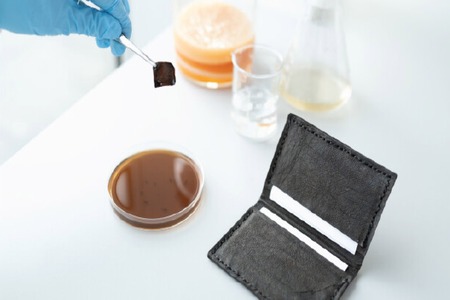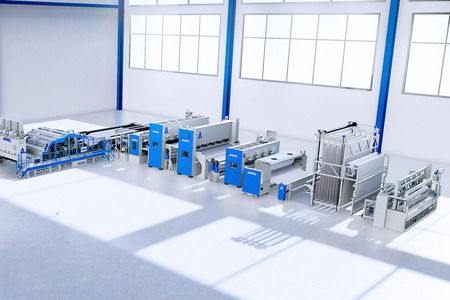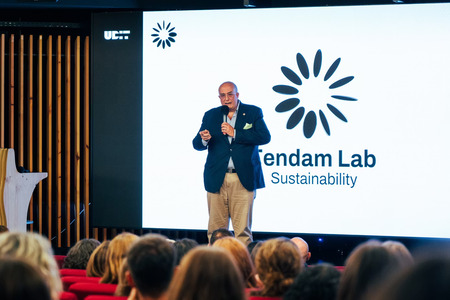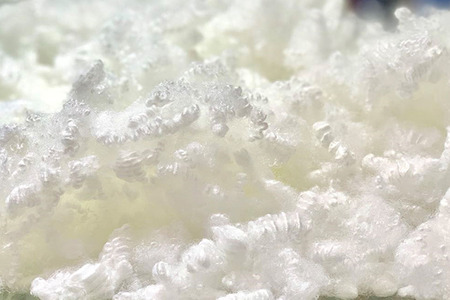
Researchers engineer bacteria to produce self-dyeing leather alternatives
YarnsandFibers News Bureau 2024-04-09 17:15:54 – United KingdomScientists at Imperial College London have utilized genetic engineering to develop bacteria capable of producing leather alternatives that dye themselves, all without animal products or plastic. While microbes have been used in recent years to create sustainable textiles or dyes, this marks the first instance of bacteria simultaneously producing a material and its own pigment.
The innovative process, detailed in the journal Nature Biotechnology, represents progress toward more sustainable fashion by providing a vegan, plastic-free leather option, showcased in shoe and wallet prototypes.
This breakthrough in synthetic biology and sustainable fashion offers a faster method for producing self-dyed leather alternatives, addressing the environmental hazards of synthetic chemical dyeing, especially prevalent in leather coloring.
Lead researcher Professor Tom Ellis emphasizes the advantages of bacterial cellulose over traditional leather, highlighting its vegan nature, lower carbon emissions, reduced water and land use, and faster production time.
The self-dyeing leather alternative is created by modifying bacteria genes to produce both microbial cellulose and the black pigment, eumelanin. Material designer Jen Keane collaborated to fashion a shoe upper and wallet using this innovative material. In addition to prototypes, the researchers demonstrate the bacteria's ability to produce colors in response to blue light, allowing for the creation of patterns and logos within the material as it grows.
Co-author Dr. Kenneth Walker underscores the collaborative effort between scientists and designers, highlighting the potential for further advancements in aesthetics, shapes, patterns, textiles, and colors in sustainable fashion.
Market Intelligence
Ask for free sample Report

experience
Customer Base
dedicated team
Countries Served Worldwide









